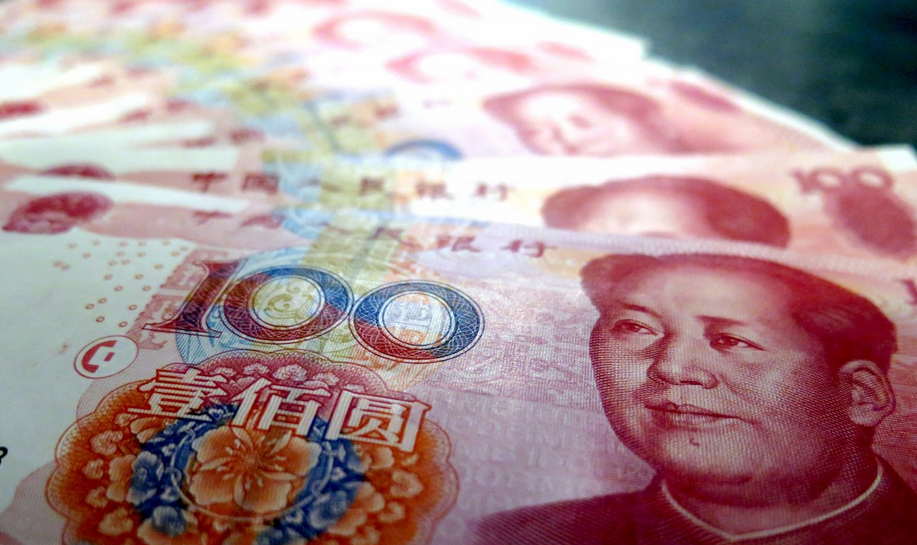Private Investments Risk Part 1: “What is the Expected Return? “
| For Gabriela Huerta | 0 Comentarios

Potential investors always ask the all-important question – what is the expected return? And if the answer is appealing in today’s low yield environment, the other important questions become less important to most investors.
However, the smartest investors follow up with the most important question – how do you make that return? The answer is often a multi-faceted one and should inform of the investment decisions. Is the return driven by excessive use of leverage, to make up for the high auction price paid for the company? Is the return driven by a multiple expansion assumption, which late in an economic cycle is not a solid bet? Is the return driven by the hope of an IPO with a too-lofty expected valuation? Or is the return driven by genuine value creation: company building, exploiting an inefficient market, not paying high entry prices, using truly conservative assumptions, applying unwavering operational discipline, and in some cases, very responsible use of low cost, fixed rate leverage which under no circumstances can implode the company?
Private investors demand quality and most demand a track record, but how deeply do they look beyond the brand name of the firm and the expected return numbers presented in the marketing materials? Do they perform a multi-dimensional attribution analysis? Do they reference the partners to understand if they truly led the value creation process? Do they deeply reference the sourcing process to understand if it was and will be sustainable and repeatable, or did they just get lucky? Do they meet with the teams and take the time to understand how specifically they add value? Is due diligence completed only by reading documents in the data room, or is there more that is done beyond the customary 2-4 week process most investors have?
Deep down in our hearts we all know what the right answers are to these important questions and we also know it is truly difficult to find those private fund strategies that truly do things the right way, without cutting corners, and do not take excessive risk to deliver a promised return. We just have to find them. And they do exist.
These fund managers may not visit you with their polished sales forces and menu of funds that they will make available to you. They may not send their founders on their private jets to dine with you and make you feel special with the expectation that you will invest. They may not even have a name you recognize. And they may not know who you are because the only thing they are focused on is their investment portfolio.
To find the lower risk, appealing return strategies, we must first ask the hard questions and eliminate the strategies that, by their actions, increase risk instead of mitigating it. Then we must find the inefficient sectors and sub sectors, the dislocated markets that will depend on private capital to thrive. If successful, we must then identify and vet the best and most experienced managers within those sub sectors to make certain we understand how they create value, how they avoid risk, and what they do when things go wrong. Only after we know these things, can we entrust our own and our clients’ AUMs to their stewardship. There is a better way to invest in risk mitigated private investments. The process is not easy, but well worth it in the long run.
Column by Alex Gregory
















